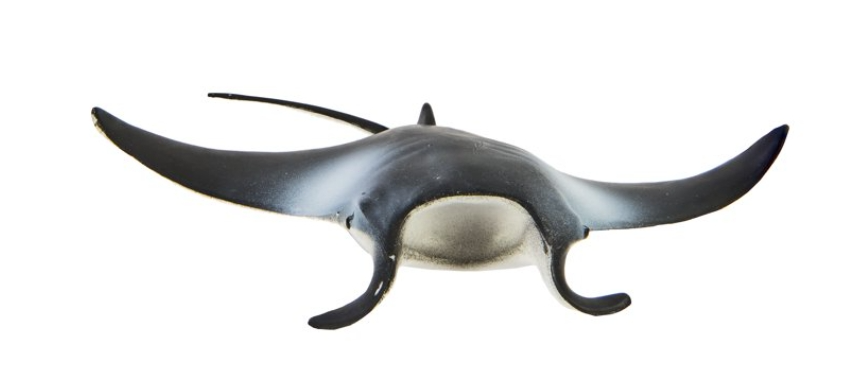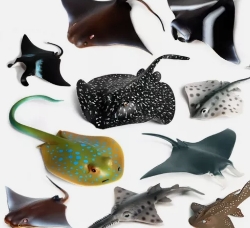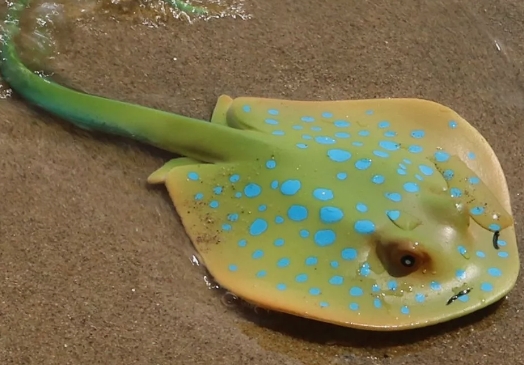The Manta ray is unique in the ocean with its graceful posture and large wingspan, becoming an important part of the Marine ecosystem. In recent years, scientists have begun using manta rays models to delve deeper into their behavior, ecological adaptations, and biology.
Research on manta rays models focuses on several key areas. First, the model can simulate the swimming patterns and foraging behavior of manta rays under different environmental conditions. This has important implications for understanding their migration paths and habitat selection. Second, manta rays are top predators whose population dynamics are critical to the health of the entire Marine ecosystem. The researchers used models to predict population changes and their response to environmental changes, such as climate change and habitat destruction.
In addition, manta ray models are also used to assess the impact of human activities, such as overfishing and Marine pollution, to help develop conservation measures to ensure the sustainability of this species. By applying these models in combination, scientists can provide a scientific basis for protecting manta rays and their habitats, thereby promoting the health and balance of Marine ecosystems.




